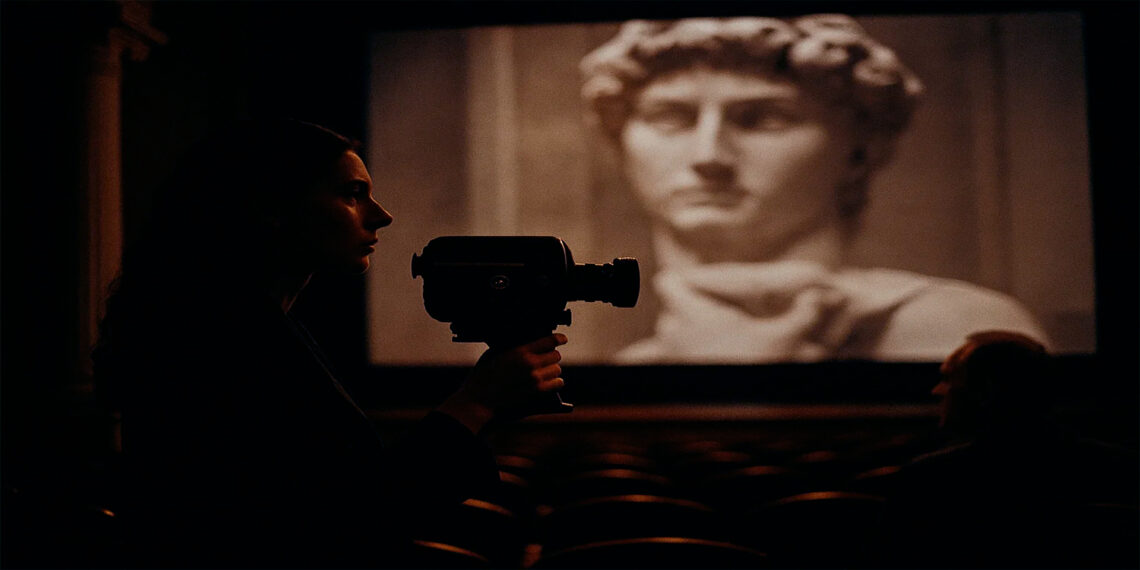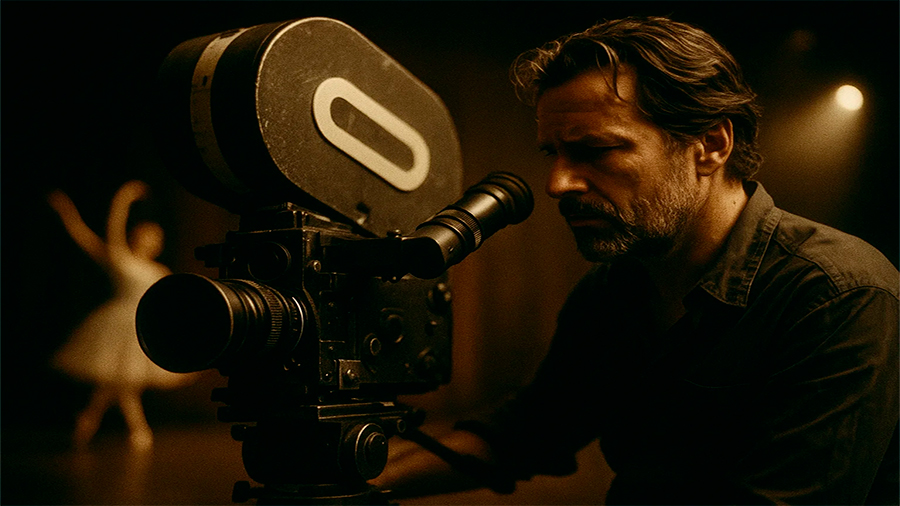
Loans for Cultural Projects: New Forms of Financing
Culture has always needed patrons — but in today’s world, the patrons are changing. Where once artists, theaters, and cultural institutions relied solely on grants, donations, or state funding, many are now turning to loans. Not just any loans — but creative, tailored financial tools that reflect the unique challenges of the cultural sector. Whether it’s an independent filmmaker looking to finance post-production, a museum expanding its exhibition space, or a local theater group modernizing its venue, cultural players are exploring new financing options that go beyond traditional models. The result? A quiet transformation in how the arts are funded — one that blends commerce with creativity.
Why Culture Needs Financing — and Why It’s Complicated
Cultural projects often struggle to attract traditional funding. Banks see them as risky: irregular cash flow, uncertain returns, long timelines, and limited collateral. A play can be brilliant and still lose money. A museum may bring in thousands of visitors and still operate at a deficit. These projects create public value, but not always private profit. That makes them difficult to fund with standard loans.
On the other hand, grants and donations are increasingly competitive — and often come with restrictions. They may only cover certain types of costs, come in small amounts, or require matching funds. For many cultural creators, this makes loans a useful supplement: flexible, timely, and more responsive to the practical demands of production or infrastructure.
Loan Basics for the Cultural Sector
- Short-term bridge loans: Help cover expenses between project start and revenue collection (e.g., ticket sales or grant disbursements).
- Project-based loans: Tied to a specific initiative, such as a film or festival, and repaid through expected income.
- Revenue-based financing: Repayments are linked to actual earnings, reducing pressure in early stages.
- Hybrid models: Combine loans with grant components, reducing risk for the borrower.
These tools reflect the irregular rhythm of cultural work. Artists rarely earn on a monthly cycle. Institutions plan years in advance. Loan models need to reflect that reality.

Revenue-Based Loans: A Flexible Fit for Creative Work
One innovation that’s gaining ground in the arts world is revenue-based lending. Unlike traditional loans, which have fixed monthly payments, these are repaid as a percentage of revenue. That means when income is low — like during rehearsal, editing, or off-season months — the repayment amount drops. When income rises — like during ticket sales or syndication — repayment speeds up. This flexibility is ideal for cultural projects that experience long development timelines followed by sudden revenue spikes.
For example, a documentary filmmaker might receive a loan to finish production, with repayment tied to future streaming deals or licensing income. Or a regional theater could fund a new production season and repay the loan using box office proceeds over the following year. Because the loan aligns with actual income, it doesn’t choke the project with debt in its most vulnerable phase.
Why It Works for the Arts
- Cash flow aligns with the project’s life cycle
- No need for hard collateral or fixed income streams
- Encourages sustainability over scale
Revenue-based loans aren’t perfect — they can be complex to structure and require strong tracking systems. But they’re proving to be a lifeline for creators who need flexibility more than capital volume.
Hybrid Loans and Grants: Sharing the Risk
Another emerging model is the hybrid — a mix of loan and grant. In this structure, part of the funding is given as a forgivable amount, often contingent on certain outcomes (like community impact, artistic quality, or audience reach). The rest is a repayable loan, structured around the project’s income or long-term operations.
This approach is especially popular among philanthropic lenders and cultural banks. It allows funders to support bold ideas while still encouraging financial responsibility. For borrowers, it reduces risk: if part of the money doesn’t have to be repaid, there’s more room to experiment, innovate, or take creative chances. That’s critical in a field where financial returns aren’t the only — or even the most important — measure of success.
Real-World Applications
- A public art installation with social goals receives partial grant funding, with a loan tied to merchandise or licensing revenue.
- An arts education nonprofit uses a hybrid loan to expand its reach, repaying over time through program fees.
- A community cinema secures renovation financing through a funder who forgives 30% of the loan if inclusion benchmarks are met.
Hybrid models balance mission and money — a key tension in cultural work.
New Institutions, New Logic
Behind these new forms of cultural lending are new institutions — cultural banks, social impact funds, arts-focused credit platforms. Unlike traditional banks, they understand the nuances of creative work. They assess potential through more than spreadsheets. They ask different questions: Will this project reach people? Will it survive beyond opening night? Can it seed future growth?
These lenders often partner with arts councils, foundations, or public agencies. Some offer capacity-building, not just cash. They train borrowers in budgeting, reporting, and sustainability. Others specialize by sector — music, visual arts, publishing — and offer tailored products. Their goal isn’t just to get paid back, but to help culture thrive on its own terms.
Examples of Emerging Models
- Low-interest funds for theaters rebuilding after pandemic closures
- Streaming revenue loans for indie musicians and record labels
- Equipment lending pools for filmmakers, funded by municipal governments
These are early-stage efforts — but they signal a shift in how creative work is valued and financed.

Challenges Remain
Even as new financing tools emerge, challenges remain. Not all artists are comfortable with debt. Many have unstable income or lack formal business training. Some projects simply won’t generate revenue — and shouldn’t be expected to. In those cases, traditional grants and donations are still critical.
There’s also the question of equity. Who gets access to these loans? Do the terms reflect the realities of marginalized creators or underfunded communities? Lenders in the cultural space must avoid replicating the same financial barriers that exist in commercial credit markets. That means offering not just money, but trust, support, and flexible expectations.
The Future of Cultural Finance
The creative sector is learning to speak the language of finance — but on its own terms. Loans are no longer off-limits. They’re being adapted, reshaped, and used as tools for autonomy. When designed thoughtfully, financing can empower artists, not exploit them. It can strengthen institutions without turning them into businesses. And it can help culture grow in a way that’s bold, resilient, and responsive to the times.
For creators, the message is clear: funding isn’t only about asking. It can also be about building, repaying, and leading with purpose. The art doesn’t stop at the canvas or the stage — it extends into how projects are made possible, sustained, and shared.
The Conclusion
Cultural projects are no longer limited to grants and donations. With the rise of revenue-based loans, hybrid models, and sector-specific lenders, the financial toolkit for artists and institutions is growing. These tools offer flexibility, risk-sharing, and sustainability — all essential for the unpredictable world of creative work. While loans won’t replace public funding or philanthropy, they’re becoming a vital part of how culture moves forward — with structure, independence, and a new kind of creative confidence.
